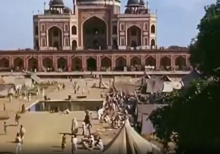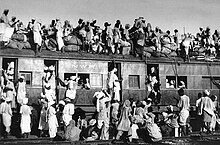
The Muttahida Qaumi Movement (MQM), previously known as Muhajir Qaumi Movement, is a secular political party in Pakistan that was founded by Altaf Hussain in 1984. Currently the party is split between two main factions. MQM-London faction is controlled by Altaf Hussain from London, while MQM-Pakistan is run by Khalid Maqbool Siddiqui based in Pakistan. Its electoral symbol was a kite.

Altaf Hussain is a British Pakistani politician who is known as the founder of the Muttahida Qaumi Movement. He holds United Kingdom citizenship and has been living in exile in the UK since the start of Operation Clean-up. Since 2015, he has been a fugitive from the Anti Terrorism Court of Pakistan on the charges of 'murder, targeted killing, treason, inciting violence and hate speech'. He went on trial in the UK in January 2022 for 'promoting terrorism and unrest through hate speech in Pakistan', and was acquitted the next month. He had fled the country in 1992 after a crackdown against his party was launched.

The All Pakistan Muttahida Students Organization is a Pakistani student organization notable for creating a political party: the Muhajir Quami Movement, now called the Muttahida Qaumi Movement (MQM).

The Sindhudesh Movement is a separatist movement, based in Sindh, Pakistan, seeking to create a homeland for Sindhis by establishing an ethnic state called Sindhudesh, which would be either autonomous within Pakistan or independent from it.

Operation Clean-up, also known as Operation Blue Fox, was an armed military intelligence program led by the Sindh Police and Pakistan Rangers, with an additional assistance from the Pakistan Army and its related intelligence agencies. Planned by the FIA, Intelligence Bureau and launched the directives of Prime Minister Nawaz Sharif in 1992, the program was more strictly pursued by upcoming Prime Minister Benazir Bhutto in 1993–1994, as part of her internal policies.
There are or have been a number of separatist movements in Pakistan based on ethnic and regional nationalism, that have agitated for independence, and sometimes fighting the Pakistan state at various times during its history. As in many other countries, tension arises from the perception of minority/less powerful ethnic groups that other ethnicities dominate the politics and economics of the country to the detriment of those with less power and money. The government of Pakistan has attempted to subdue these separatist movements.
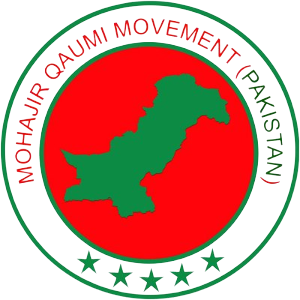
The Mohajir Qaumi Movement Pakistan also known as Mohajir Qaumi Movement (Haqiqi), MQM-Haqiqi is a political party claiming to represent the Mohajir in Sindh, Pakistan whose leader is Afaq Ahmed.

Muttahida Qaumi Movement (Pakistan) (Urdu: متحدہ قومی موومنٹ (پاکستان)Muttahidah Qọ̄mī Mūvmaṅṫ Pākistānabbr.MQM-P) is a social liberal, Muhajir nationalist, and secularist political party. The leader of the party is Khalid Maqbool Siddiqui. The party's symbol is the kite. It is mostly active in Karachi where the majority of Muhajirs currently reside. The party aims to represent the Human rights of Muhajirs in Pakistan through peaceful and democratic struggle. The Party is a splinter faction of MQM-L.
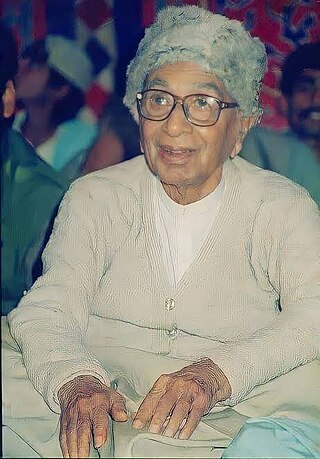
Ghulam Murtaza Syed, known as G. M. Syed was a prominent Sindhi politician, who is known for his scholarly work, Later proposing ideological groundwork for separate Sindhi identity and laying the foundations of Sindhudesh movement. He is regarded as one of the founding fathers of modern Sindhi nationalism.
The ethnic groups in Karachi includes all the ethnic groups in Pakistan. Main ethnic group "Muhajirs" are in simple majority in Karachi with 50.60% of its population while Pathans are in second with 13.52 and Sindhi are in third number with only 11.12% according to 2023 Pakistani census. Karachi's inhabitants, locally known as Karachiites, are composed of ethno-linguistic groups from all parts of Pakistan, as well as migrants from South Asia, making the city's population a diverse melting pot. At the end of the 19th century, the population of the city was about 105,000, with a gradual increase over the next few decades, reaching more than 400,000 on the eve of independence. Estimates of the population range from 15 to 18 million, of which an estimated 30% are migrants from different backgrounds. The city's population is estimated to be growing at about 5% per year, including an estimated 45,000 migrant workers coming to the city every month from different parts of Pakistan.
Pakistan is an ethnically and linguistically diverse country. The major Pakistani ethnolinguistic groups include Punjabis, Pashtuns, Sindhis, Saraikis, Muhajirs, Balochs, Hindkowans/Hazarewals, Brahuis, and Kohistanis with significant numbers of Shina, Baltis, Kashmiris, Paharis, Chitralis, Torwalis, Hazaras, Burusho, Wakhis, Kalash, Siddis, Uzbeks, Nuristanis, Pamiris and various other smaller minorities.
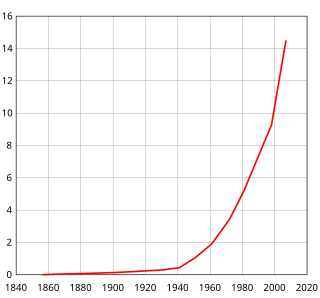
Karachi is the largest and most populous city in Pakistan. The population and demographic distribution in the megacity has undergone numerous changes over the past 150 years. On 14 August 1947, when it became the capital city of Pakistan, its population was about 450,000 inhabitants However, the population rapidly grew with large influx of Muslim refugees after independence in 1947. By 1951, the city population had crossed one million mark. in the following decade, the rate of growth of Karachi was over 80 percent. Today, the city has grown 60 times its size in 1947 when it became the country's first capital. Although, Islamabad remains the nation's capital since the 1960s, the city's population continues to grow at about 5% per annum, largely thanks to its strong economic base.

The Politics of Karachi takes place at the municipal, provincial and federal levels of the government. Karachi is a multiethnic, multilingual, multicultural and multireligious metropolitan city. The demographics of Karachi are important as most politics in Karachi is driven by ethnic politics.
Muhajir culture is the culture of the various Muslims of different ethnicities who migrated mainly from North India in 1947 & in 1971, generally to Karachi, the federal capital of Pakistan before 1960 and now the provincial capital of Sindh. Muhajirs consist of various sects, ethnicities and linguistic groups, and are mainly concentrated in urban Sindh and Islamabad. According to 2023 Pakistani census Muhajirs are 5th largest ethnic group of Pakistan with 9.25%.
1972 Language violence in Sindh occurred starting on 7 July 1972 when the Sindh Assembly passed The Sindhi Teaching, Promotion and Use of Sindhi Language Bill, 1972 which established Sindhi language as the sole official language of the province resulting in language violence in Sindh.
The Sindh Mohajir Punjabi Pathan Muttahida Mahaz was a political party in the Pakistani province Sindh. The party was founded in 1969. Nawab Muzaffar Khan was the convenor of MPPM. In theory the party sought to serve as a political platform for Muhajirs, Pashtuns and Punjabis in Sindh, but in reality it functioned as a Muhajir political party as the Pashtun and Punjabi presence in the MPPM ranks was very limited. The party mobilized Urdu-speaking Muhajirs against the emerging Sindhi nationalist movement. It was led by Muhajir bureaucrats and businessmen. The main base of the MPPM was the city of Hyderabad.
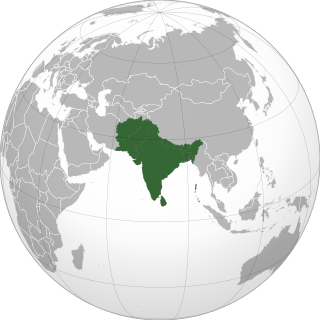
Muhajir History or History of Muhajirs refers to the history and origins of the Muhajir people in Pakistan. Most Muhajirs migrated from what is now Uttar Pradesh, Telangana, Rajasthan, Bihar, Gujarat, and West Bengal, and that results in close ties between the ethnic groups and histories.
MQM militancy refers to militancy in Pakistan associated with the Muttahida Qaumi Movement party.
In between 1972 and 1992, MQM militants launched multiple attacks against the Sindh government and civilians in order to get a stronghold over Karachi. The first insurrection came to an end following Pakistan government's Operation Cleanup conducted in order to destroy the MQM stronghold in Karachi.



